Relations between Sudan and Iran have experienced a volatile history of rapprochement and estrangement over the past eight years, mainly due to the strong tensions between the two countries. The relationship was notably strained after Iranian protesters stormed the Saudi embassy in Tehran in 2016, prompting the Sudanese government to close all Iranian schools and cultural centres. However, amid escalating regional tensions between Tehran and its supporters on one side and Washington and its allies on the other, Sudan and Iran are moving quickly to open a new chapter in their relations. This development comes against the backdrop of the ongoing war between the Sudanese army and the paramilitary Rapid Support Forces since April 2023.
The current regional changes have created an opportunity for Sudan and Iran to address past differences in a calculated manner. Relations have shown noticeable growth over the past year, marked by a series of high-level official meetings between Sudanese and Iranian officials. One significant meeting took place on the sidelines of the Non-Aligned Movement Ministerial Committee meeting in the Azerbaijani capital, Baku, in July 2023, where former Sudanese Foreign Minister Ali Al-Sadiq, met with his Iranian counterpart, Hossein Amir-Abdollahian. This meeting signalled a rapprochement, culminating in Sudan’s announcement of the official resumption of its diplomatic relations with Iran Oct. 9, 2023.
A year after the resumption of relations, the Chairman of the Transitional Sovereignty Council, Abdel Fattah al-Burhan, received the credentials of the Iranian ambassador, Hassan Shah Hosseini, July 21, 2024, appointing him as his country’s ambassador and plenipotentiary to Sudan. This move raised many questions, particularly due to its timing, which coincided with escalating regional tensions and months of ongoing battles between the Sudanese army and the Rapid Support Forces. Additionally, it occurred in the context of the normalisation of relations between Khartoum and Tel Aviv, which began approximately four years ago.
This rapprochement raises many questions about the agreement’s sustainability, particularly given the two countries’ divergent regional priorities. While Iran focuses on the Gulf and the Arab Levant, the future of this relationship hinges on regional developments and Iran’s strategic calculations in the Red Sea region. Will the ties radically shift toward a sustainable strategic partnership or remain captive to regional tensions and political tactics?
Features of the Iranian Presence in Sudan
The War in Sudan has allowed Iran to realign its course with the country. Tehran’s supply of drones has given the Sudanese Armed Forces an advantage over the Rapid Support Forces in the ongoing battles. Several international reports have noted a shift in the operational situation in Sudan, favouring the Sudanese Armed Forces. These forces have made significant strides in Omdurman, previously under the control of the Rapid Support Forces since the beginning of the conflict.
Additionally, satellite images taken at the “Wadi Seidna” Air Base, north of Khartoum, have revealed the presence of Iranian “Mohajer-6” and “Ababil” drones. These drones have been transferred to Sudan multiple times since late last year by the Iranian Fars Air Qeshm Company.
Field reports indicate that Tehran believes supporting the Sudanese Armed Forces can help salvage its relations with Sudan. Tehran aspires to assist Abdel Fattah al-Burhan and the Sudanese Armed Forces in winning the war and regaining state control.
Drivers of Rapprochement
First: Iranian Motives
Several motives are driving Iran’s foreign policy toward Sudan, which can be summarised as follows:
- Restoring relations with Sudan is part of a coordinated foreign policy campaign by the Iranian administration to mend ties with former allies, particularly those countries that severed relations with Iran in 2016. In line with its “heading eastward” vision, Iran is concentrating on strengthening ties with the Global South.
- Iran is particularly interested in Sudan due to the latter’s strategic location on the Red Sea. Securing a foothold in this region has been a priority since the presidency of Mahmoud Ahmadinejad. The Red Sea’s significance has grown with the expansion of the ongoing Israel-Hamas War, leading Iran to seek more significant influence in the area as a means of confronting Israel and its Western backers. While the outcome of the ongoing War in Sudan remains uncertain, it is anticipated that the Sudanese Armed Forces will control a significant portion of the country once the conflict subsides, even if complete control is not achieved. From Iran’s perspective, supporting Abdel Fattah al-Burhan could pave the way for a lasting partnership with Khartoum, ensuring increased Iranian influence in the Red Sea. Iran also aspires to establish Sudan as a base in the Red Sea, akin to its models in Lebanon, Iraq, and Yemen, by supporting the Sudanese army and providing advanced military technology.
- Iran’s provision of weapons to the Sudanese Armed Forces serves Tehran’s interests beyond Sudan. If other countries, particularly those under Western pressure and sanctions, observe the impact of Iranian weapons in the conflict, they may seek to acquire them. Iranian drones, known for their affordability, have demonstrated effectiveness in various conflicts, including those in the Arab world, the 2020-2022 Ethiopian war, and the Russia-Ukraine war.
- Iran aims to expand its strategic depth in the Horn of Africa to counteract pressures from rival powers, balance their activities, and enhance its political and economic gains. The Horn of Africa has become a “strategic depth” of Tehran’s foreign policy strategy, offering an opportunity to counterbalance the influence of its strategic competitors. However, Iran’s limited economic resources and the lack of a substantial Shiite population in Africa have been challenges to its expansion in the region. While Sudan is not a direct neighbour, Tehran’s efforts to strengthen relations with Khartoum align with its “neighbours first” foreign policy strategy. Building better relations with countries across the Arab-Muslim world and the Global South is central to Iran’s foreign policy objectives.
Second: Sudanese Motives for Rapprochement
- Sudan seeks to restore its relations with Iran to secure a new external ally. This move comes amid ongoing disagreements and deterioration in Khartoum’s relationship with the Intergovernmental Authority on Development (IGAD). In January 2024, Khartoum froze its membership in IGAD due to the organisation’s disregard for Sudan’s decision to cease involvement and freeze dealings related to the current situation in Sudan.
- The Sudanese army aspires to maintain military support from Iran, as it previously relied on outdated drones, artillery, and fighter jets that were ineffective in urban combat against the Rapid Support Forces (RSF). Since the resumption of relations between Sudan and Iran in October 2023, the Sudanese army has acquired advanced Iranian Mohajer and Ababil drones. These drones have proven effective in reclaiming territory lost to the RSF in Omdurman and other areas.
- Sudan’s desire to increase pressure on the international community by using its rapprochement with Iran as a leverage point.
Iran’s Strategic Interests in Sudan: A Multifaceted Assessment
Iran’s interests in Sudan are multifaceted, spanning geopolitical, ideological, and economic dimensions. By establishing a solid presence in Sudan, Iran aims to bolster its regional influence, counter its rivals, support its allies, and secure access to strategic resources and markets. However, this involvement carries risks, including the potential for further regional destabilisation, escalation of tensions with rival powers, and exacerbation of existing conflicts. As Iran’s interests in Sudan evolve, they will likely shift in response to local and regional political transformations. Sudan’s ongoing transformation, combined with the complex interactions among regional and international actors, will undoubtedly influence the future trajectory of Iran’s engagement with the country. Iran’s involvement in Sudan represents a multi-layered strategy driven by a convergence of geopolitical, ideological, and economic interests.
Geostrategic Considerations: Sudan’s strategic location on the Red Sea, a crucial artery for global trade and energy transit, offers Iran a valuable foothold in Africa. This access would enhance Iran’s regional power projection, improve maritime surveillance capabilities, and potentially enable the establishment of naval bases. Additionally, it provides an alternative route to bypass the Strait of Hormuz, a vital chokepoint historically associated with high tensions.
Regional Power Dynamics: Iran perceives its influence in Sudan as a tool to counterbalance the dominance of regional rivals. By establishing a presence in Sudan, Iran aims to challenge its rivals’ influence, disrupt existing alliances, and create a counterweight within the region’s geopolitical landscape.
Supporting Allied Networks: Sudan is a strategic hub for Iran to extend logistical support to its allies and regional proxies. This includes providing weapons, training, and financial assistance to the Houthi in Yemen, Hezbollah in Lebanon, and Shiite militias in Syria and Iraq. Additionally, Sudan’s proximity to conflict zones in the Horn of Africa and the Sahel enhances its strategic value as a base for projecting influence and advancing Iran’s regional agenda in the Red Sea.
Ideological Outreach: Iran seeks to export its revolutionary ideology and cultivate anti-Western sentiment in the region through various cultural and religious exchange programmes. This strategy aims to enhance its soft power and build a network of like-minded allies.
Economic Potential: Sudan’s vast untapped resources, including agricultural land, mineral deposits, and oil reserves, present significant opportunities for Iran. Tehran envisions mutually beneficial economic cooperation with Sudan, leveraging these resources as a source of raw materials for its domestic industries and as a market for its manufactured goods. Iranian expertise in energy, construction, and infrastructure development sectors could play a crucial role in supporting Sudan’s economic growth while also serving as a lucrative source of income for Iran and showcasing its technology. Although the precise revenue Iran has generated from military drone exports is difficult to pinpoint, the global market for such technology was valued at $12.6 billion in 2022. This figure is projected to reach $14.1 billion in 2023 and $35.6 billion by 2030.
Diplomatic Influence: Building solid relations with Sudan could enhance Iran’s diplomatic influence in regional and international forums. This would enable Iran to garner support for its positions on critical issues, such as sanctions relief. Additionally, engagement with Sudan could help improve Iran’s image as a responsible regional player and mitigate its international isolation.
In conclusion, with relations between the two countries renewing amid the ongoing war since April 2024, they are unlikely to revert to their previous context. Instead, they are expected to follow a new trajectory influenced by various internal considerations, regional arrangements, and their respective positions within the international relations landscape.
Given the expansion of Iranian influence elsewhere in the region, there are concerns that the Sudanese military could evolve into a militia group similar to the Iraqi Popular Mobilization Forces, potentially acting on Iran’s behalf in exchange for funding and military aid. These worries are amplified by recent calls from the Sudanese military to arm citizens and organise a “popular resistance,” including the option for individuals to purchase weapons.
However, Iran’s renewed engagement with Sudan faces several challenges. The international community is wary of Iran’s expanding influence in Africa, with concerns that Sudan could be used as a base to support regional proxy groups or advance Iran’s military ambitions. Additionally, Sudan’s internal political divisions and fragile economic situation could allow Iran to control the state apparatus, similar to its influence in Lebanon and Iraq.
The future of the Sudanese-Iranian relationship remains uncertain, hanging between the potential for a sustainable strategic partnership and its role as a tool for regional tensions and political tactics. While shared interests and a history of cooperation could drive the relationship toward strengthening, international pressures, regional competition, and Sudan’s fragile internal situation present significant challenges to achieving this outcome.
References
“السودان يجمد عضويته في هيئة التنمية في شرق إفريقيا (إيقاد)”، سكاي نيوز عربية، 20 يناير 2024، تاريخ الاطلاع 24 يوليو 2024، متاح على الرابط التالي
https://www.skynewsarabia.com/middle-east/1686905-%D8%A7%D9%84%D8%B3%D9%88%D8%AF%D8%A7%D9%86-%D9%8A%D8%AC%D9%85%D8%AF-%D8%B9%D8%B6%D9%88%D9%8A%D8%AA%D9%87-%D9%87%D9%8A%D9%8A%D9%94%D8%A9-%D8%A7%D9%84%D8%AA%D9%86%D9%85%D9%8A%D8%A9-%D8%B4%D8%B1%D9%82-%D8%A7%D9%95%D9%81%D8%B1%D9%8A%D9%82%D9%8A%D8%A7-%D8%A7%D9%95%D9%8A%D9%82%D8%A7%D8%AF
خالد عويس، “السودان وإيران.. علاقات متقلبة وديون واجبة السداد”، الشرق الإخبارية، 12 أكتوبر 2023، تاريخ الاطلاع 23 يوليو 2024، متاح على الرابط التالي https://asharq.com/politics/69461/%D8%A7%D9%84%D8%B3%D9%88%D8%AF%D8%A7%D9%86-%D9%88%D8%A5%D9%8A%D8%B1%D8%A7%D9%86-%D8%B9%D9%84%D8%A7%D9%82%D8%A7%D8%AA-%D9%85%D8%AA%D9%82%D9%84%D8%A8%D8%A9-%D9%88%D8%AF%D9%8A%D9%88%D9%86-%D9%88%D8%A7%D8%AC%D8%A8%D8%A9-%D8%A7%D9%84%D8%B3%D8%AF%D8%A7%D8%AF/
“الخارجية: السودان وإيران اتفقا على استئناف العلاقات الدبلوماسية”، X (Formerly Twitter)، 9 أكتوبر 2023، تاريخ الاطلاع 22 يوليو 2024، متاح على الرابط التالي https://x.com/SUNA_AGENCY/status/1711412294846939143?ref_src=twsrc%5Etfw%7Ctwcamp%5Etweetembed%7Ctwterm%5E1711412294846939143%7Ctwgr%5Ef60d6ea7ee78920641b741eeece1433625da07af%7Ctwcon%5Es1_&ref_url=https%3A%2F%2Fcdn.iframe.ly%2FJpG5JMn
عبد المقصود علي، “البرهان يتسلم أوراق اعتماد السفير الإيراني لدى السودان”، شبكة رؤية الإخبارية،21 يوليو 2024، تاريخ الاطلاع 22 يوليو 2024، متاح على الرابط التالي https://roayahnews.com/%D8%B9%D8%A7%D8%AC%D9%84-%D8%A7%D9%84%D8%A8%D8%B1%D9%87%D8%A7%D9%86-%D9%8A%D8%AA%D8%B3%D9%84%D9%85-%D8%A3%D9%88%D8%B1%D8%A7%D9%82-%D8%A7%D8%B9%D8%AA%D9%85%D8%A7%D8%AF-%D8%A7%D9%84%D8%B3%D9%81%D9%8A/
عادل عبد الرحيم، “بعد قطيعة 8 سنوات.. البرهان يتسلم أوراق اعتماد سفير إيران بالخرطوم”، الأناضول، 21 يوليو 2024، تاريخ الاطلاع 23 يوليو 2024، متاح على الرابط التالي https://www.aa.com.tr/ar/%D8%A7%D9%84%D8%AF%D9%88%D9%84-%D8%A7%D9%84%D8%B9%D8%B1%D8%A8%D9%8A%D8%A9/%D8%A8%D8%B9%D8%AF-%D9%82%D8%B7%D9%8A%D8%B9%D8%A9-8-%D8%B3%D9%86%D9%88%D8%A7%D8%AA-%D8%A7%D9%84%D8%A8%D8%B1%D9%87%D8%A7%D9%86-%D9%8A%D8%AA%D8%B3%D9%84%D9%85-%D8%A3%D9%88%D8%B1%D8%A7%D9%82-%D8%A7%D8%B9%D8%AA%D9%85%D8%A7%D8%AF-%D8%B3%D9%81%D9%8A%D8%B1-%D8%A5%D9%8A%D8%B1%D8%A7%D9%86-%D8%A8%D8%A7%D9%84%D8%AE%D8%B1%D8%B7%D9%88%D9%85/3281595
منى عبد الفتاح، “هل تدخل إيران طرفا في حرب السودان؟ “، اندبندنت عربية، 26 يناير 2024، تاريخ الاطلاع 22 يوليو 2024، متاح على الرابط التالي https://www.independentarabia.com/node/541591/%D8%B3%D9%8A%D8%A7%D8%B3%D8%A9/%D8%AA%D9%82%D8%A7%D8%B1%D9%8A%D8%B1/%D9%87%D9%84-%D8%AA%D8%AF%D8%AE%D9%84-%D8%A5%D9%8A%D8%B1%D8%A7%D9%86-%D8%B7%D8%B1%D9%81%D8%A7-%D9%81%D9%8A-%D8%AD%D8%B1%D8%A8-%D8%A7%D9%84%D8%B3%D9%88%D8%AF%D8%A7%D9%86%D8%9F
عادل عبد الرحيم، “ماذا وراء التقارب السوداني الإيراني؟”، الأناضول، 13 يناير 2024، تاريخ الاطلاع 24 يوليو 2024، متاح على الرابط التاليhttps://www.aa.com.tr/ar/%D8%A7%D9%84%D8%AA%D9%82%D8%A7%D8%B1%D9%8A%D8%B1/%D9%85%D8%A7%D8%B0%D8%A7-%D9%88%D8%B1%D8%A7%D8%A1-%D8%A7%D9%84%D8%AA%D9%82%D8%A7%D8%B1%D8%A8-%D8%A7%D9%84%D8%B3%D9%88%D8%AF%D8%A7%D9%86%D9%8A-%D8%A7%D9%84%D8%A5%D9%8A%D8%B1%D8%A7%D9%86%D9%8A-%D8%AA%D9%82%D8%B1%D9%8A%D8%B1/3136085
Cafiero, Giorgio. “Iran and Sudan’s Path to Rapprochement.” Amwaj Media, August 25, 2023. Accessed July 18, 2024. https://amwaj.media/article/iran-and-sudan-s-path-to-rapprochement
Wagner, Daniel, and Giorgio Cafiero. “Implications of Iran and Sudan’s Growing Alliance.” Fair Observer, September 12, 2013. Accessed July 17, 2024. https://www.fairobserver.com/region/middle_east_north_africa/implications-iran-and-sudans-growing-alliance/#
ADF STAFF. 2024. “Iranian Arms Fuel Destruction on Both Sides of Sudan’s Conflict.” Africa Defense Forum, June 4, 2024. Accessed July 14, 2024. https://adf-magazine.com/2024/06/iranian-arms-fuel-destruction-on-both-sides-of-sudans-conflict/
Wagner, Daniel, and Giorgio Cafiero. “Implications of Iran and Sudan’s Growing Alliance.” Fair Observer, September 12, 2013. Accessed July 17, 2024. https://www.fairobserver.com/region/middle_east_north_africa/implications-iran-and-sudans-growing-alliance/#
Lob, Eric. “Iran’s Intervention in Sudan’s Civil War Advances Its Geopolitical Goals − but Not Without Risks.” The Conversation, May 28, 2024. Accessed July 17, 2024. https://theconversation.com/irans-intervention-in-sudans-civil-war-advances-its-geopolitical-goals-but-not-without-risks-229989
Elhag, Areej. 2024. “Iran in Sudan: Fears of a Sudanese Popular Mobilization Forces.” The Washington Institute. January 31, 2024. Accessed July 17, 2024. https://www.washingtoninstitute.org/policy-analysis/iran-sudan-fears-sudanese-popular-mobilization-forces



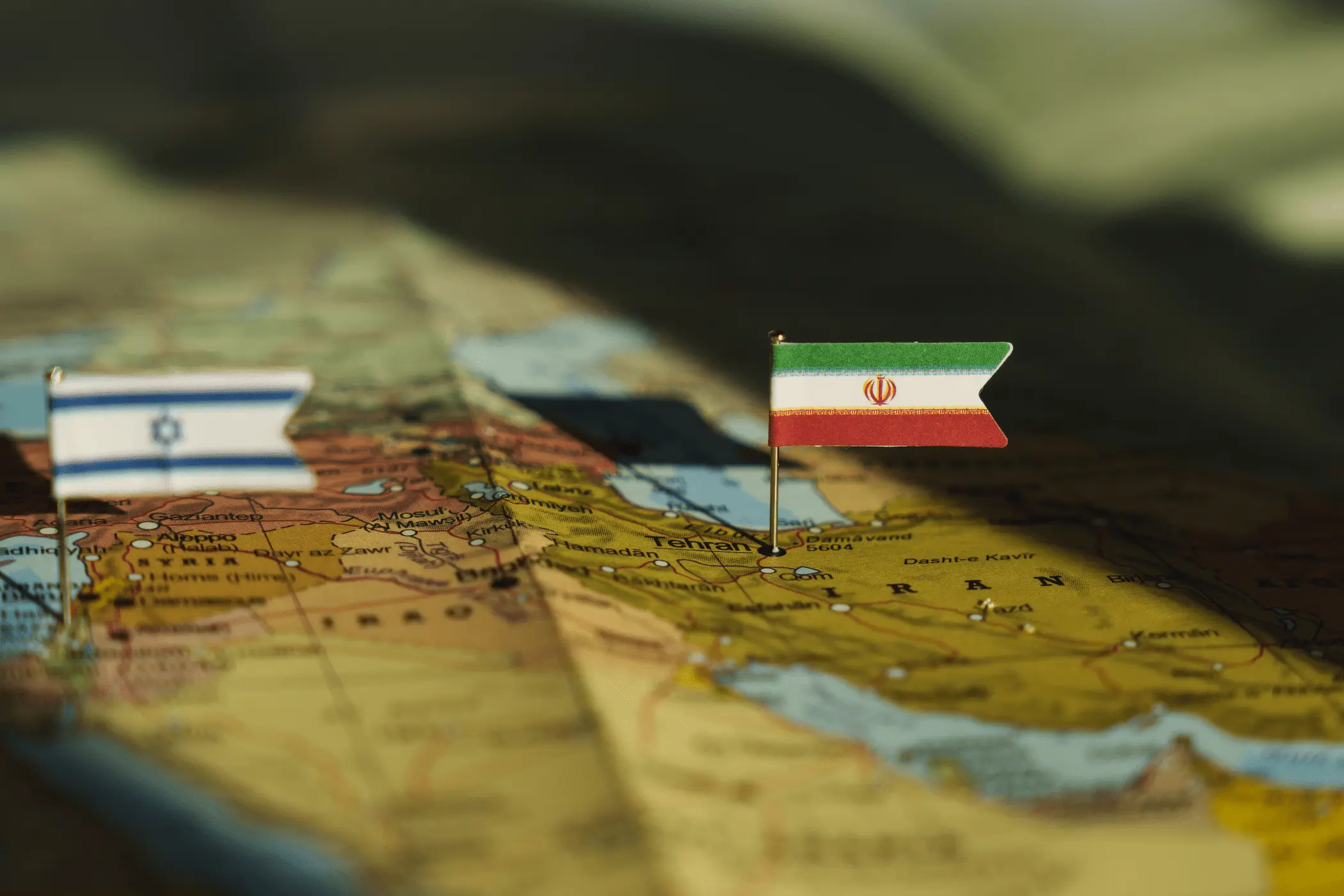
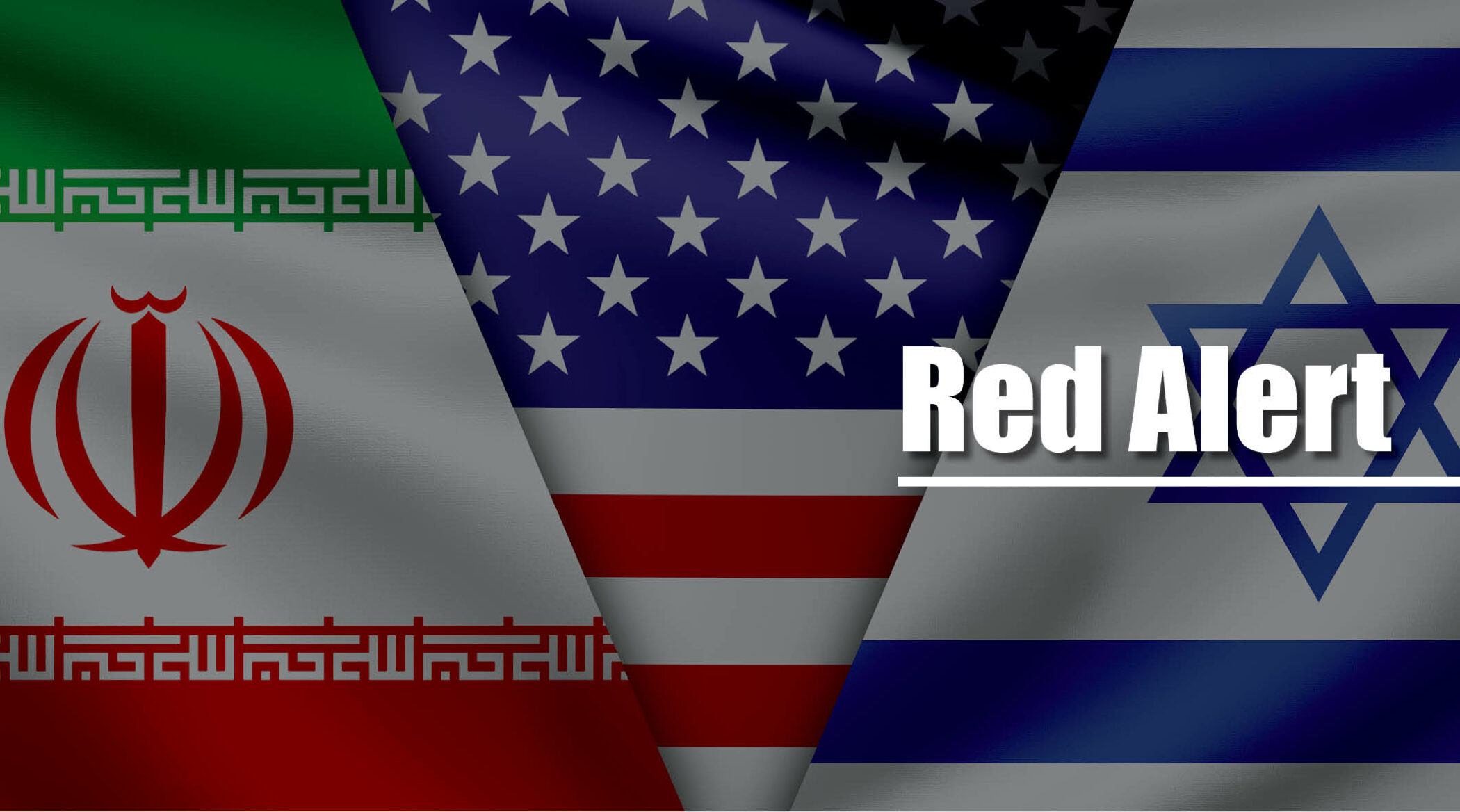
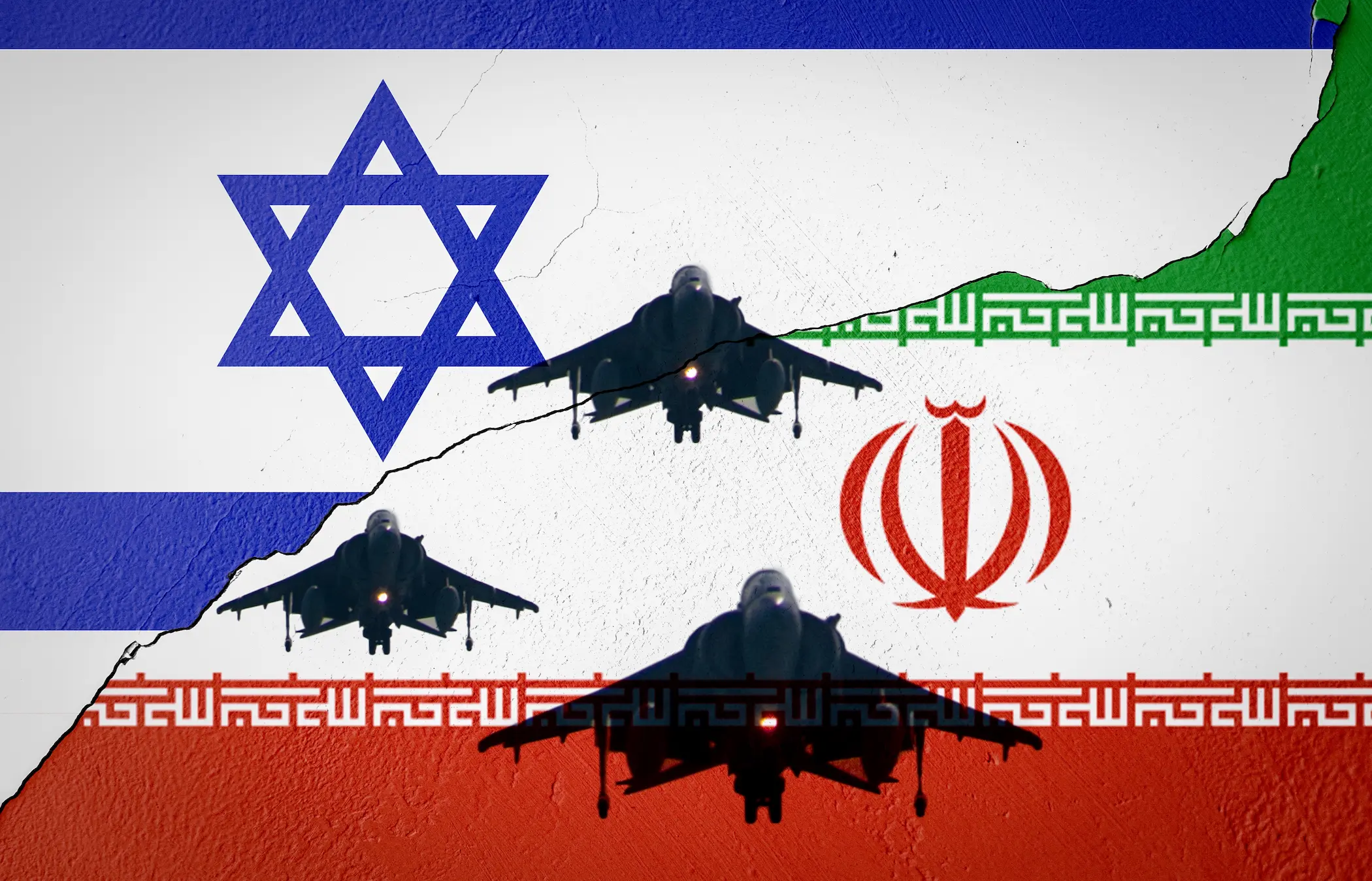
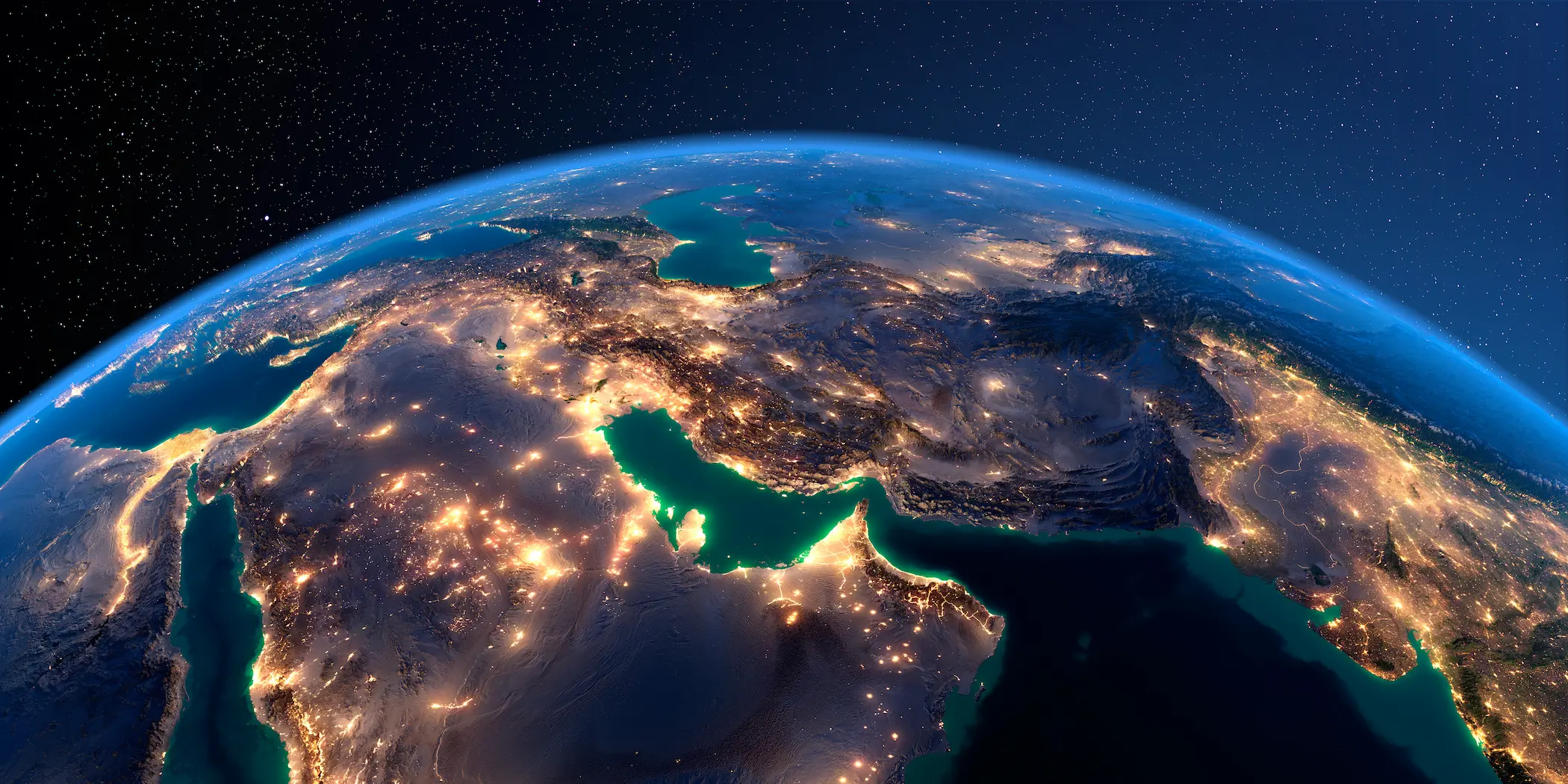
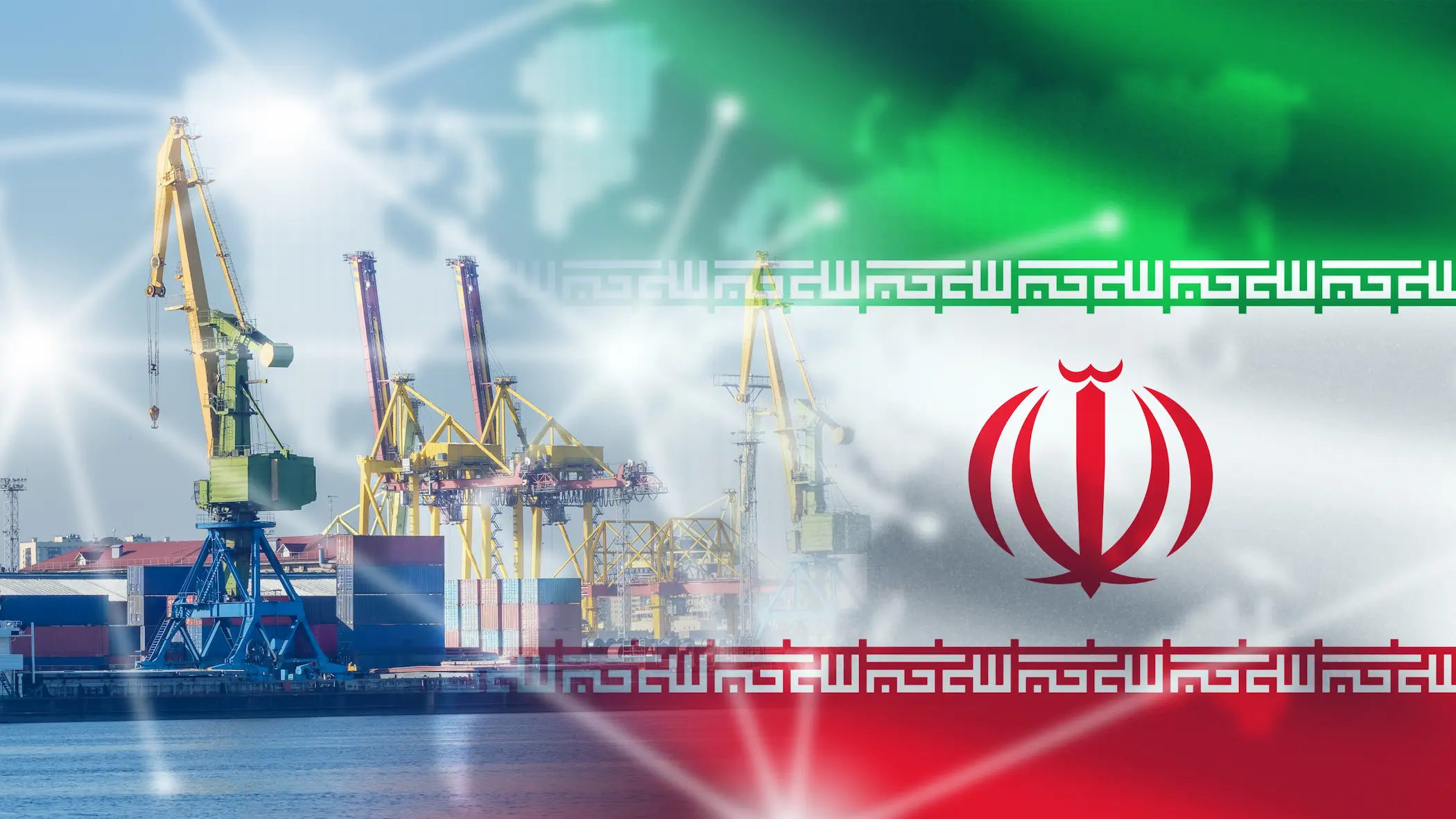








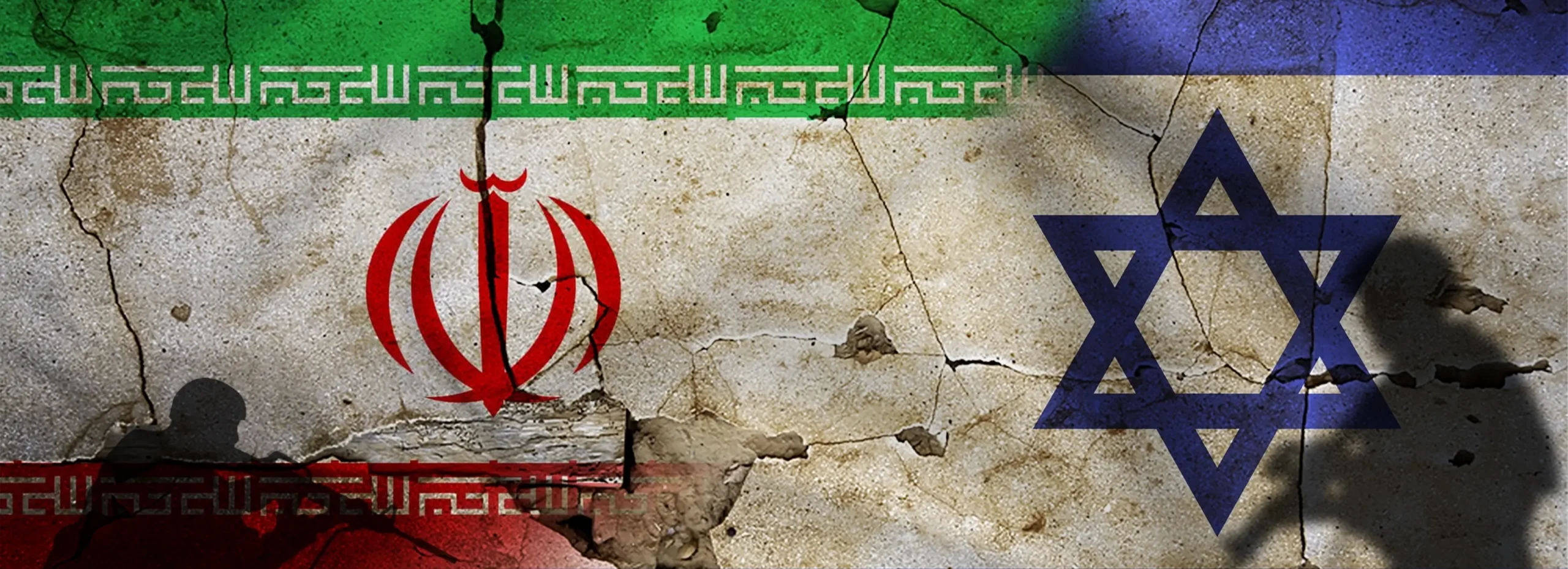
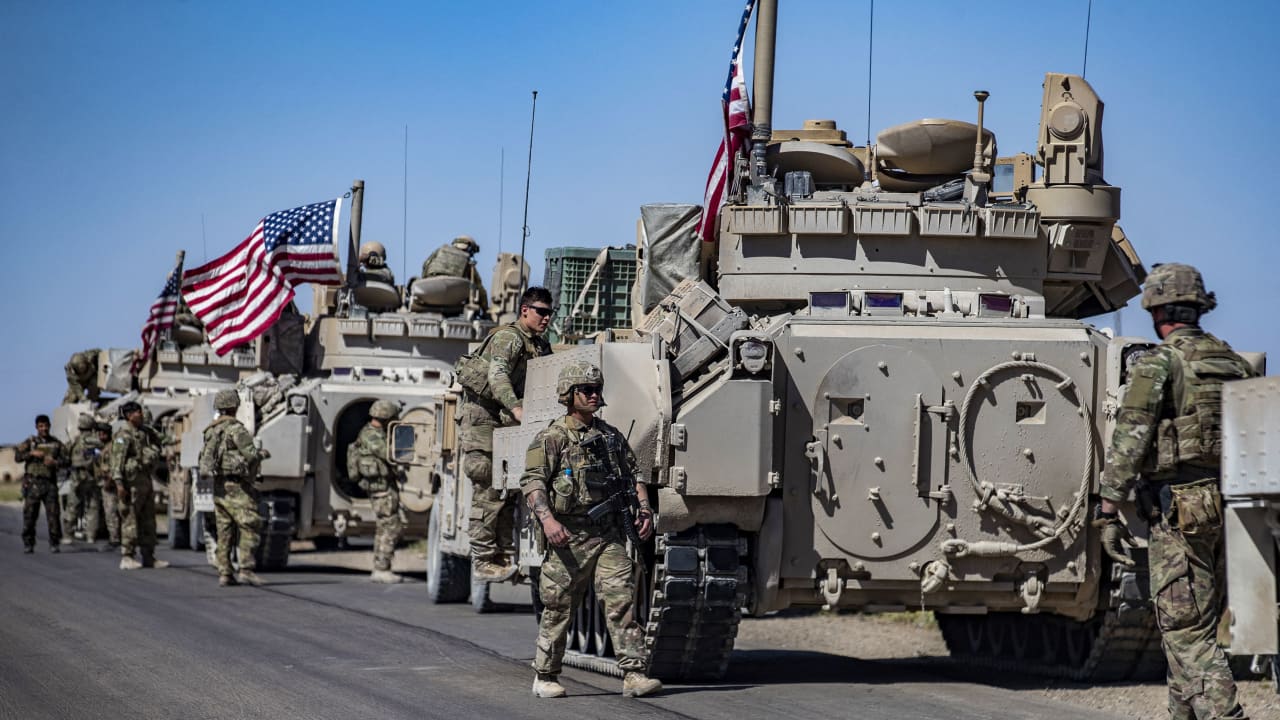
Comments